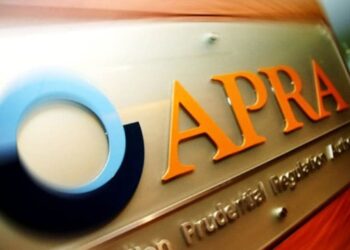As super funds push to deliver strong returns in a low yield environment, one fund manager believes investing in emerging market debt (EMD), with its typically higher yields and favourable long-term risk/return profile compared to developed markets, could form part of the solution.
The time was also right for institutional investors to move into the asset class, according to Aviva Investors’ EMD portfolio manager, Stuart Ritson, who pointed to elevated risk premia in EMD providing an attractive entry opportunity for longer-term players.
While EM local currency returns had underperformed hard currency bonds by some margin, as foreign exchange hedging boosted the latter’s returns while the appreciating AUD undermined unhedged local currency bond returns, Aviva said that there was scope for local returns to pick up in the future.
Ritson put this down to attractive emerging market currency valuations and the AUD now being closer to fair value. “The return pickup is likely in absolute terms as well as relative to hard currency bonds as FX hedging will not provide the same tailwind going forward given the cash rate compression between Australia and the US,” he said.
Aviva assumed that institutional investors hedged their exposure to hard currency sovereign and corporates back to AUD while keeping local currency sovereign exposure unhedged, to ensure that returns weren’t eaten away as they lost the potential to gain from an appreciation of emerging market currencies over time.
As the chart below showed, Aviva’s contention of the historic risk/return characteristics of EMD compared to those of global assets seems to hold true. The Bal. port point represented a typical balanced super fund that had 43 per cent of its funds invested in the MSCI World, 29 per cent in Australian equities, 28 per cent in Australian Treasuries, and 10 per cent in global governments AUD hedged assets.
Historic risk-and-return characteristics of global and emerging markets assets
[[{“fid”:”5773″,”view_mode”:”default”,”fields”:{“format”:”default”,”field_file_image_alt_text[und][0][value]”:false,”field_file_image_title_text[und][0][value]”:false},”type”:”media”,”field_deltas”:{“1”:{“format”:”default”,”field_file_image_alt_text[und][0][value]”:false,”field_file_image_title_text[und][0][value]”:false}},”attributes”:{“style”:”height: 348px; width: 730px;”,”class”:”media-element file-default”,”data-delta”:”1″}}]]
The fund manager recommended a blended approach to institutional investment in EMD, citing that it could smooth the return profile, achieve a broad exposure to the asset class, and had the potential to dynamically allocate to the most attractive assets within EMD. Beta allocation would also likely be relatively stable, meaning implementing top-down EMD allocation changes would be easy.
It didn’t dismiss silo and total return approaches to investing in EMD however, saying that they could also play a part and that a solution could be a combination of all three.




